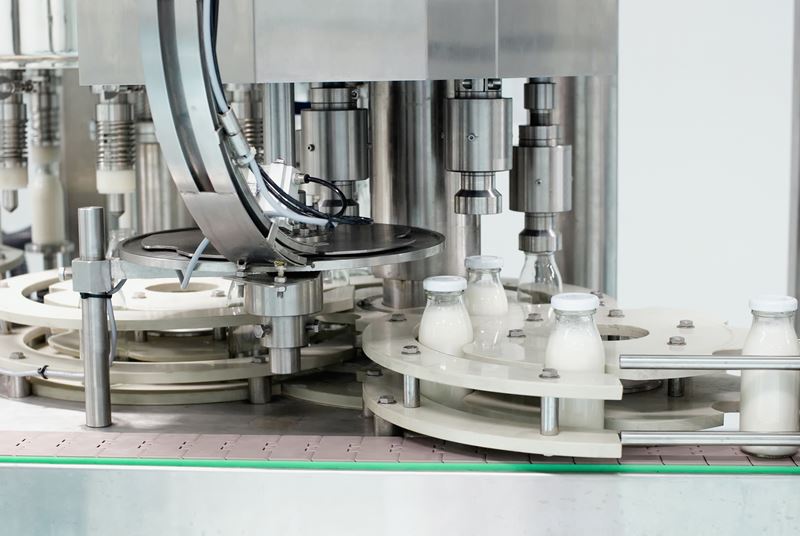Process Water: A primer for manufacturers
Process Water: A primer for manufacturers
It’s something manufacturers can’t do business without but don’t often think about: water. And because it isn’t always top-of-mind, manufacturers may be unaware of some of the loss exposures associated with water (called process water) across their operations.
“As part and parcel to their overall risk management strategy, manufacturers should be aware that process water is another exposure and take steps to protect their operations,” explains Scott Litke, Senior Underwriting Specialist, National Underwriting, at Sovereign Insurance.
Here’s a closer look at process water, the risks it can present to manufacturers, and how to mitigate those risks:
What is process water?
Process water – often called industrial water – refers to water used in a manufacturing and processing operation, and that is contained within equipment, tanks or piping on premise. Manufacturing facilities use process water at nearly every step, from washing and cleaning equipment to cooling machinery to fabricating and transporting products.
Where is it sourced?
Process water is typically sourced from surface water, groundwater, municipal treatment plants, or a combination of these sources. In most cases, it’s treated to remove contaminants and minerals to protect equipment and ensure consistent conditions for end-products.1 Industries that have high water usage and need for treatment include beverage, dairy, sugar mills and refineries, textile manufacturing, pulp and paper mills, oil and gas, and automotive and aircraft.
“Depending on where your water is sourced and what it’s used for in your facility, you could have very specific requirements for removing impurities or other gases that are present,” says Scott.2
What loss exposures are associated with process water?
Common exposures are punctured tanks or broken water lines, which can mean having to replace water that’s been released or rendered unusable. Other perils like fire should also be a key consideration as this could lead to damage to the facility and loss of process water. Furthermore, given the often-strict requirements for water, even for a small fire or a fire at a neighbouring premises may create enough smoke that could severely impact the quality of process water on site.
“If there’s smoke throughout the facility – even if it’s not a large fire, that could contaminate the water source,” Scott explains. “A manufacturer would then have to flush it out, clean the equipment, and replenish the water before they can continue their operations.”
How can manufacturers mitigate risks?
Just like in other aspects of your operation, regular maintenance is key. “A lot of build-up or scaling can occur over time, so it’s critical that regular maintenance, cleaning and inspection is done,” says Scott.
Insurance (usually an extension of other coverage) can help cover costs to replace water. “Water acts as a lifeblood for manufacturers – without it, they wouldn’t be able to operate,” says Scott. “It’s important to identify risks and how to mitigate them, which should include reviewing if process water is covered in their existing policy.”
To find out if you’re covered, or for more information, speak to your broker or contact Sovereign Insurance.
Sources
1 Veolia, “Process Water”
2 Aqua Tech Trade, “Industrial Water: Our Essential Guide to Pollution, Treatment & Solutions,” April 21, 2023


